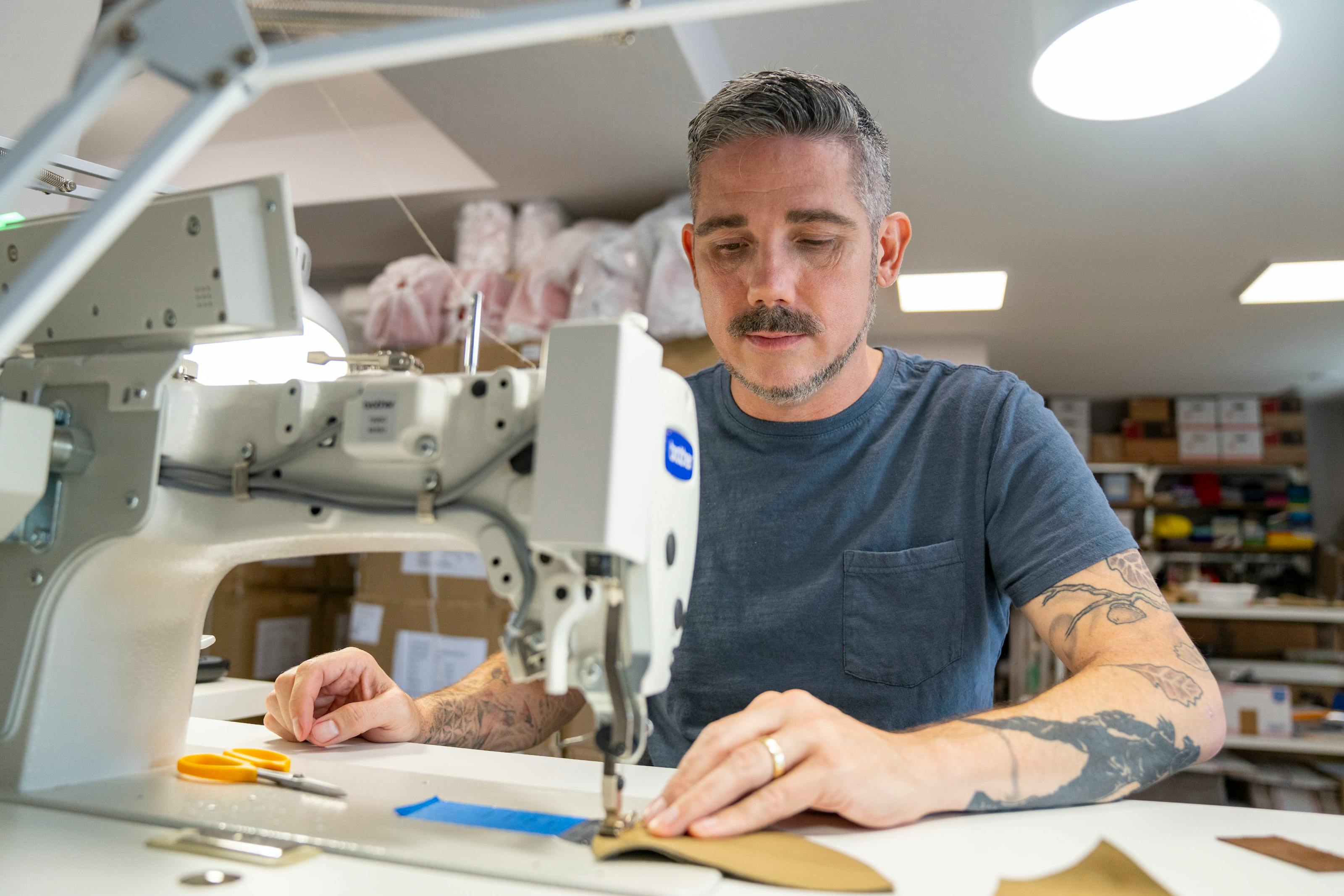Christopher Straub wants to make one thing perfectly clear: He wasn't discovered.
He tried and failed, tried and failed again until he propelled himself into the unrelenting limelight of "Project Runway." And while he didn't clinch the 2009 title, he wowed the Season 6 judges and won the hearts of fans.
The wildly popular reality TV show made Straub a household name. He went on to do other TV shows, create costumes for television and movies and design clothing lines for a national women's store. But, as he proudly proclaims on his social media accounts, he "didn't put on airs, he just went back home to Shakopee, Minnesota, and put on his Midwestern work ethic." (Straub didn't come up with the line, he admits. He just lives it.)
That work ethic has him curating fashion shows at Mall of America, making the rounds on local TV shows, crafting leather goods, manning a booth at the Minnesota State Fair and writing and illustrating children's books — all while raising two boys and a flock of chickens with his husband.
We talked with the self-made designer about growing up poor in Edina, his most "out there" creations and how he went from being a nationally known fashion designer to telling the story of Albert the confused manatee.
I was surprised to learn that you were still living in Minnesota. Like other residents of our aw-shucks state, I figured you would have lit out for the coast once you got a taste of fame. Why did you stay on?
I feel to connected to Minnesota. I've traveled all over the country, all over the world, but I love the seasons. If I were to move anywhere else, it would feel inauthentic. Minnesota is my home.
So you grew up as an Edina cake-eater, huh?
Believe it or not, we were a poor family. Friends had original art on the walls and we didn't even have electricity all the time. But I grew up in an industrious community. Everyone's parents were leaders in their fields, whether it was as a doctor, a lawyer or an illustrator. To own a business and have a legacy was normal. That helped me a lot.
So you were industrious, even as a kid?
I wasn't getting out and doing sports, but being able to make money was something I knew how to do. I started with a broken sewing machine — I had to fix it first. Then, I made hats and sold them door-to-door and wouldn't stop until they were all sold.




